On Feeding Growth In The Sport And Yourself With Certified Piedmontese
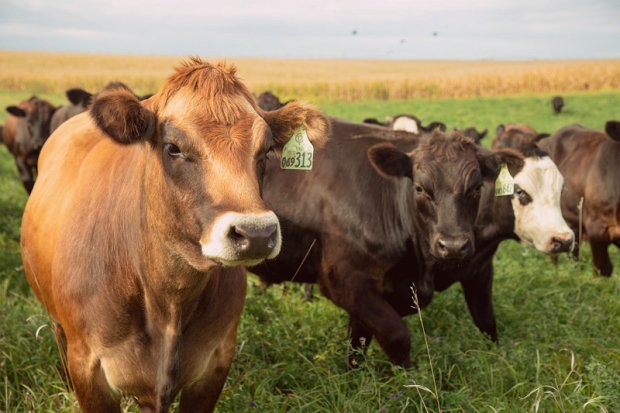
Title sponsors for IRONMAN races have always fascinated me. As a whole, triathlon has, generally speaking, failed to ever attract much in the way of non-endemic sponsors. The first of the two world championship races – the one in St. George, UT – is still without a title sponsor. The second – the more "traditional" – race in Kailua-Kona is sponsored in 2022 by Supersapiens, the commercial CGM (Continuous Glucose Monitoring) product. The Supersapiens sponsorship is most of what I expect from triathlon – a company targeting athletes with a very athlete-specific product chooses to sponsor the event. I had hoped that the GoPro sponsorship in Kona would have proved more durable, as that seemed like such an ideal fit, but I won't pretend to know these relationships so often seem to be so short lived.
Regional title sponsors, however, tend to be both more durable – Subaru Canada's relationship with the Canadian IRONMAN events is one of the longest in our sport – and, at least to me, more interesting. Because it's in the "local" IRONMAN races that you tend to see a real diversity of sponsors and where the apparent combination of community, a good target demographic, and what is probably a more palatable price tag all come together to create some pretty unique sponsorships. With the COVID-19 pandemic having created so much uncertainty around in-person events, it's not surprising to see that many of the races listed on ironman.com do not have a presenting sponsor, which is something that I hope will change as racing returns to some level of normalcy. Some of the classic, "I wonder how that came about…" sponsors are still present, my personal favorite being Maytag's (formerly Whirpool's – they are now the same parent company) sponsorship of the Steelhead 70.3 race in Michigan. Speaking from first-hand experience, triathletes generate a lot of laundry. I always thought this sponsorship could have been bigger than just the one race. But this speaks to the power of community, as Steelhead is a local race to Maytag HQ, reflecting the enduring phenomenon of IRONMAN races being such an incredible tandem effort of IRONMAN's on-the-ground ops team and the local communities that support them.
Certified Piedmontese is a more recent entry into the ranks of regional sponsors, coming on board first as the title sponsor of IRONMAN Tulsa in Oklahoma and more recently as the title sponsor for the new IRONMAN North American Championship in Des Moines, Iowa. Much like Maytag, Certified Piedmontese represents what I'll call a "two-steps-removed" sponsor. They don't make stuff you use for racing or training; they "make" (and we'll get to why that's in quotation marks…) stuff you might be interested in because of the sort of lifestyle choices that a person who is a triathlete might choose to make. Certified Piedmontese are purveyors of beef. Specifically, purveyors of grass-fed beef that comes from relatively lean breed of cattle – Piedmontese cattle. The combination of a grass-fed-grass-finished diet and this particular breed's genetic makeup has even earned certain cuts the American Heart Association's "Heart Healthy" seal of approval. It's also, as I and my wife and all my kids will attest to, unequivocally delicious.
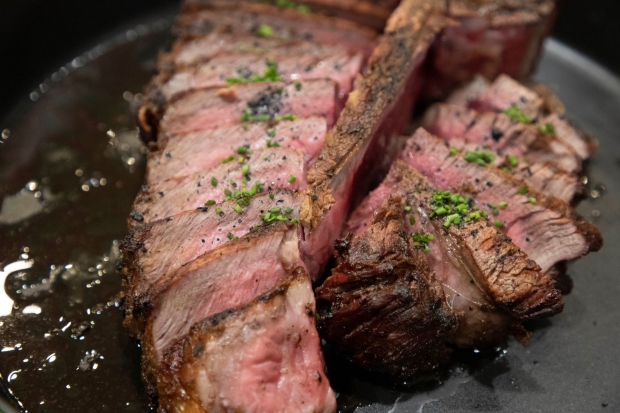
When I was racing, my love of bacon was a bit of a running joke. While bacon certainly conjures up all sorts of delicious mental images of savoriness, I originally started eating bacon once I got more serious about ultra-distance training because I just needed calories that would last during really long training sessions. I've since learned that I am quite a high fat metabolizer, and I just do well on a (relatively) high-fat and high-protein diet during long training. When I tried to do long days on more a more carb-heavy diet, I found that over the course of multiple days or weeks, my GI system would just get increasingly irate. I'd get bloated and just didn't feel great. But an equivalent amount of calories from a high fat-and-protein combination led to none of that. Bacon, avocado, and eggs was my go-to breakfast before 5+ hour rides. Metabolisms are interesting. Simon Whitfield was a notorious carb fiend. I've never seen someone eat so much cereal. That was what worked for him. But it was not for me.
I've seen and experienced enough variance to know that prescription in terms of diet is folly. Eneko Llanos had a remarkable career as a professional and was the most successful vegetarian triathlete that I knew when I was racing. Veganism was still fairly new in endurance sport when I was racing, but I am sure there are some remarkable professionals now who choose to follow that diet. After a lot of trial-and-error and a few examples – as with bacon – of trial-and-success, I think the best way to find a diet that works for you is through experimentation. If you feel good when training and feel that you recover faster, go with it. I tried both vegetarianism and veganism for a bit, and they just weren't for me. I didn't notice any real difference in training or recovery, but I was simply less happy. I like meat. And, in particular, I like beef.
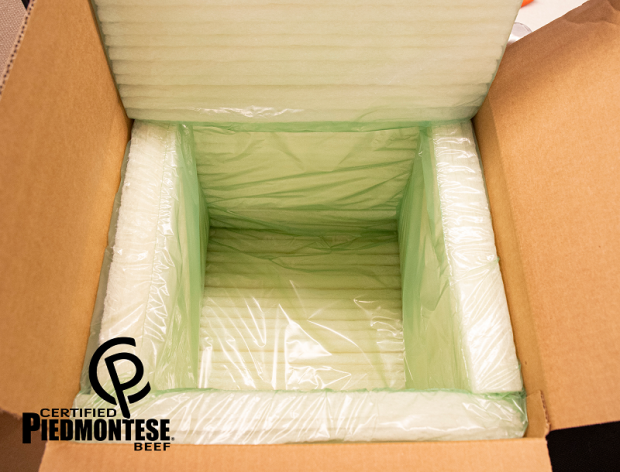
I recognize that beef is a fairly contentious topic lately, and I can – to a certain extent – understand why. I will say that one of the most significant environmental decisions of the past centuries was the elimination of the roughly 60 million free-ranging American bison (around the 1500s) and the installation of about 90 million head of cattle for beef. The staggering number of bison is, I think, important because it gives some sense of perspective that the number of bovines in North America is not orders of magnitude different than in the past. What is different is the circumstances under which they exist. Typical beef farming – on feed-lots, with corn as the primary feed source – is hugely problematic. Feed lots are, I believe unethical. And cows fundamentally should not eat corn. They are not biologically meant to do so. And the antibiotics that are required to make it viable are perhaps even more problematic than the environmental impact. But pasture-raised beef is a very different story. My favorite summary of the situation comes from a Guardian article on Nicollete Hahn Niman (of Niman Ranch) titled, "It's not the cow, it's the how." I think that this article is a phenomenal discussion of the many nuances around carbon footprint, ecology, and farming more generally; I highly recommend reading it. This is an area I care deeply about, but I am admittedly not an expert in this field, so rather than parroting the article, I'll just point you to it. I do believe that grass-fed cattle that comes from farms committed to sustainable agriculture is both a good nutritional decision and a good environmental and ethical one. I appreciate that others may feel differently, and I respect those decisions. I am not trying to convert anyone, merely to say why I think a company like Certified Piedmontese is worth supporting.
So, what exactly is "Piedmontese"? It's a breed of cattle that originates, not surprisingly, from Italy. Certified Piedmontese sells beef that is exclusively of this breed, though it may come from a number of different farms/ranches throughout the Midwest, primarily Nebraska. For a brief overview, they have a wonderfully cinematic – I have a soft spot for grassland – "About Us" video on their website. The challenge around mail-order beef is a tough one. I typically buy a side of beef annually from a friend of mine who runs a family farm in Kentucky. He exclusively sells at local farmers' markets and to me, because of our friendship. We've worked out over the years a nearly indestructible shipping box that can hold 100lbs and keep it frozen on the journey from Kentucky to California via ground. Shipping meat certainly adds complexity, though I think people who choose to focus on this tend to often gloss over the fact that, generally speaking, we know very little about the path that most of our food took to get to our stomachs. I will note that the package of beef I received used a water-soluble cellulose foam and contained a relatively minimal amount of overall packaging (link goes to a post discussing the company's approach to packaging). I don't know how to add up the cost of each of these things. Would I prefer that, in both cases, I could just go visit a local ranch instead? Yes. But that's not an option I've yet discovered locally, and it may not be an option for many. I think these types of complexities are at the heart of the difficult and complex discussions that Hahn Niman wants us all to have.
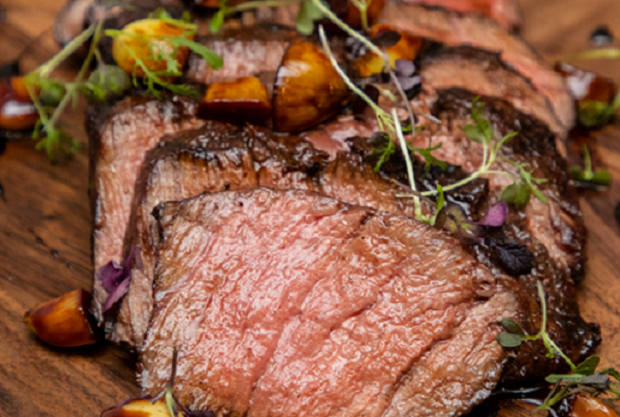
If all this seems somewhat tangential to a discussion of steaks and hamburgers, perhaps it is. But perhaps it isn't. I can say that beef you will receive is fantastic. We made tacos and hamburgers with ground beef. And I've treated myself to some New York steaks on days when I feel like celebrating the fact that work from home means I can fire up my grill at lunchtime. If you like beef, you will love Certified Piedmontese beef. And while I don't exercise for a living anymore, I still very much enjoy training hard, and this was also food that made me and my wife feel great. (Food is perhaps the ultimate make-or-break on long-lasting relationships; I dated a vegetarian once, and it was not meant to last…) My wife is also someone who during her own career and to this day feels best eating good quality red meat on a regular basis. When we were both training more seriously, tacos with liver were a fairly regular meal. It's not the tastiest way to have tacos, but we both sure felt good afterward. When I was racing, I was rarely, if ever, sick or injured. I think that eating a meaningful amount of good quality red meat throughout my career was a big part of that. So the focus that Certified Piedmontese puts on health and wellness really resonates with my own approach to both diet and exercise.
I love these two-steps-removed sponsorships because they make me think of the connections that exist between these brands and the athletes they are appealing to. This was a story I wanted to write, because nutrition continues to be the thing that matters more to me than almost anything else. My wife and I both love to cook for our kids. We do takeout once a week to support local businesses, but our kids get a home cooked meal every other night, and meals made almost entirely from – and of – "real" food. On course nutrition has also always fascinated me, but more from the standpoint of pure performance. Better living through chemistry! But I look at race day nutrition as an almost entirely unique problem that bears little to no resemblance to what you should eat every day. For training, I remain a firm believer that you want to get almost all of your calories before and after your session, not during. I also think that the type of nutrition that supports good training is much more about overall health and wellness than the pure-performance focus of race day is. I love the continued support of our sport by companies like First Endurance and Gatorade and PowerBar. These are iconic brands that are also deeply invested in the sport itself. But I think a company like Certified Piedmontese deserves to spoken of in that same conversation.
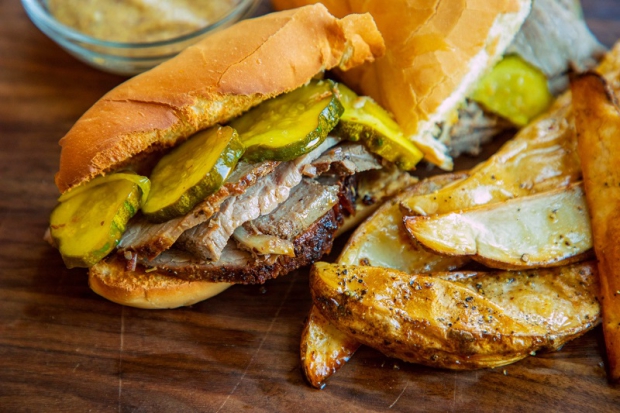
There's always been much discussion about what it will take to grow the sport of triathlon. There's a large contingent that has always been focused on turning it into a spectator sport, which has never really made sense to me. I understand the increasing appetite for content, but I don't know that ultra-distance racing as content is – or ever will be – really that compelling, and the story-telling required to make it so just seems to feed into the insatiable attention economy rather than building something truly sustainable. I've always felt that triathlon's real value proposition entirely derived from it being a participatory sport and that trying to turn it into a spectator sport was folly. The sustainability and growth comes from fostering relationships where the connection to the sport is not immediately obvious, but where a little bit of creative thinking reveals possibility. Triathletes tend to be fiercely loyal, but that loyalty hasn't always extended to these two-steps-removed brands if the connection doesn't have some genuineness to it. I don't know of anyone who was more likely to be a Ford because they sponsored Ironman, though I do think that quite a few Canadians are more likely to buy a Subaru, because Subaru as a brand has always been genuine about supporting an active lifestyle. Whether or not Certified Piedmontese sticks around as a sponsor will depend entirely on whether or not they can realize some return on their investment. I think they see the connection to the sport and are exactly the type of company we should want to get and have stay involved. If the idea of chowing down on a delicious tomahawk ribeye sounds like a potentially great way to get ready for a long ride to enough people, hopefully they will.
To order your own cuts of Certified Piedmontese beef, you can visit their website at piedmontese.com. I've linked to their FAQ and About page just because I think it's the most interesting spot to send you. For more information about the company itself, visit their blog at thefancyrancher.com. I've linked to an article about their packaging that I also linked above.
[Ed. note – Certified Piedmontese provided three members of the Slowtwitch editorial staff with boxes containing about 10lbs of beef in various cuts each free of charge. There was no other consideration provided in exchange for the writing of this article. I'm a lousy food photographer, so all photos for this article were provided by Certified Piedmontese.]


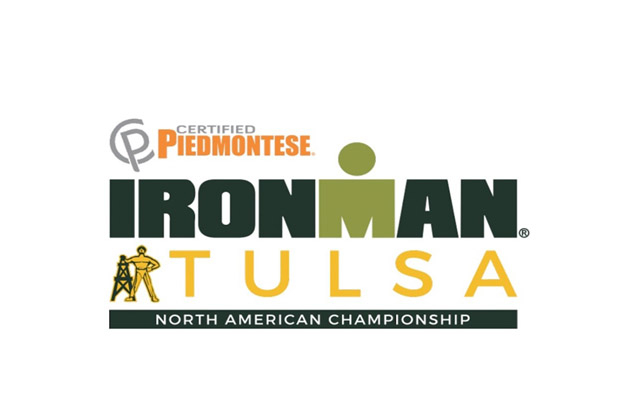

Start the discussion at slowtwitch.northend.network